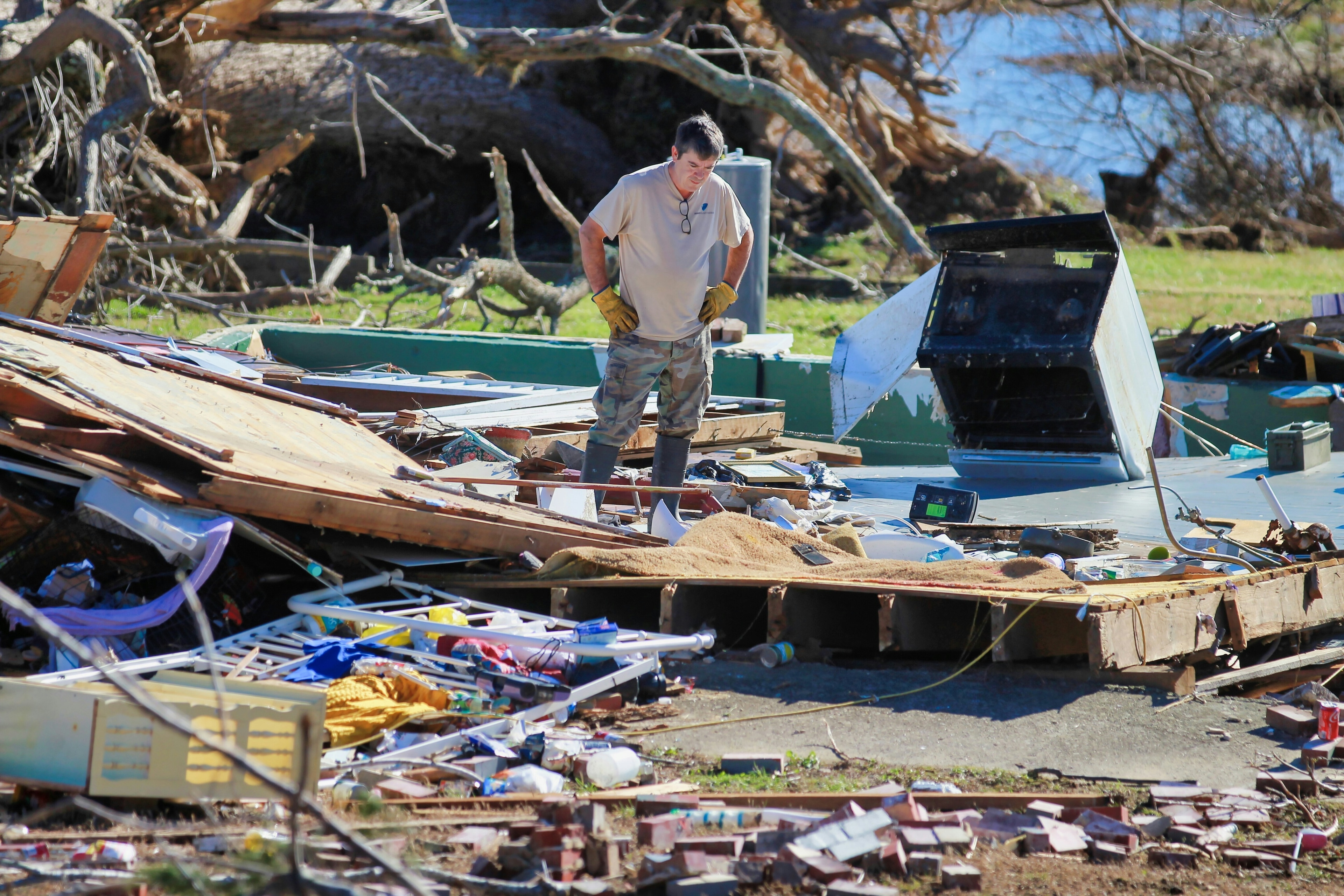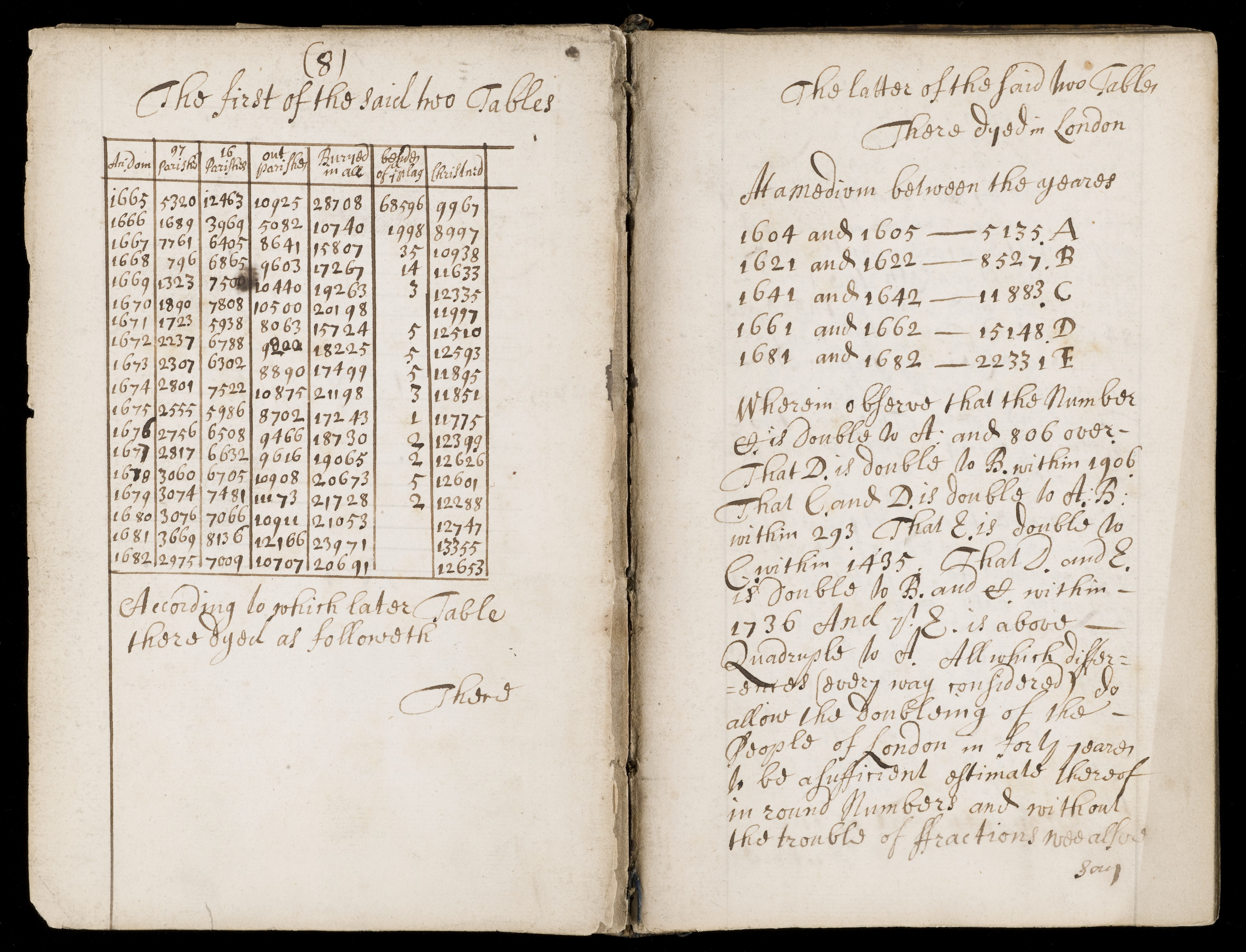How has India used LPG as energy in rural areas?

Stay up to date:
India
The challenge to providing cleaner cookstoves, such as LPG stoves, in the developing world is not limited to the cost of the technology. Negotiating down the transaction costs is just as important, if not more so. In the case of LPG services in rural India, these costs come from bureaucratic procedures to apply for connection, irregular delivery of refills, precarious arrangements with refill agents, and existing socioeconomic inequalities within the rural areas, as well as between rural and urban areas.
To trace the processes of dissemination, adoption and sustained use of LPG, I carried out a combination of household surveys and semi-structured interviews in Northern India during summer 2013. Micro practices captured through these processes—aspects that are often neglected in policy formulations—cumulatively affect the poor’s access to and enjoyment of modern energy services. The story of a local NGO’s intervention to ensure diffusion of a new technology to the poor and poorer tells the importance of understanding social stratification.
The Lag Valley of Himachal Pradesh, an Indian Himalayan state, is one place that has broken some ground in overcoming the many barriers to LPG access. The initial spread of LPG cookstoves was largely the result of efforts by a community-based organization called Jagriti (“awakening” in Hindi), based in Kullu town.
In 2000, Jagriti launched an initiative to reduce women’s drudgery by promoting the adoption of LPG cookstoves to replace the traditional firewood stoves. LPG reliably produces much less air pollution, poorly combusted and non-renewable solid biomass, and greenhouse gas than kerosene according to Kirk Smith, a public health and rural energy expert at UC Berkeley (See here and here).
Thanks to Jagriti’s efforts, more than 600 households in Lag Valley became LPG customers by July 2013. Twice a month a Tempo truck drops off refilled gas cylinders at roadside shops serving as refill points and picks up empty ones. Villagers hike up and down to retrieve the full bottle and pay the shop owners a 20-rupee handling fee. But this service did not come easy and many a factor challenge sustained use.

The upper two photos show the LPG stove and cylinder, as well as the tradition metal tripod stove (left) and the tandoor stove (right). The woman on the lower left photo preferred cooking the thick bhatura bread on her mud chulha, even though she too had a LPG stove.
Nudging bureaucracies
Overcoming the barriers to reliably supplying LPG to communities requires negotiation of the high upfront costs and burdensome bureaucracies and logistics. Little economic incentive exists for gas agencies to extend delivery into rural areas where demand for LPG is low and overhead costs of delivery are high. While state-owned oil companies supply LPG, the government contracts private dealers to run the gas agencies, establish LPG connections, and deliver cylinders to end-users. These private contractors will not deliver to areas where they do not believe they can make a profit.
Even though Kullu town’s gas agency started supplying Lag Valley residents, an aspiring customer still must go through a series of bureaucratic procedures to establish an LPG connection with the gas agency. These hurdles are physically and financially difficult for low-income rural residents. They must pay as much as 4000 rupees ($65US) to register for a ration card, and own one LPG cylinder and stove. Adding a second cylinder to allow uninterrupted usage during refills costs another 1800 rupees ($30US). Refilling the cylinder costs 450 rupees ($7US) subsidized by the government. In comparison, daily non-agricultural wage in rural Himachal is around 250 rupees ($4US).
Diffusion of LPG
To overcome some of these hurdles, Jagriti’s director Mamta Chandra convinced the Kullu gas agency in the early 2000s to start delivery in Lag Valley by assuring its owner that hundreds of households would sign up through Jagriti’s subsidy program. She then negotiated with LPG and pressure cooker dealers to buy stoves in bulk at reduced costs and arranged delivery into the villages. Interested women were told to prepare the required documents before being transported to the agency, which eased the application process significantly. The users contribute less than half of what the agency would charge for an entire package.
Social class was also a barrier to LPG diffusion. The process of word-of-mouth dissemination of information about Jagriti’s LPG subsidy program initially skewed the distribution toward higher castes and wealthier households. The “group organizers” (GOs) Jagriti hired from among the village women to spread the information of the LPG program were typically from the higher Rajput caste. The GOs were mainly reaching out to the Jagriti-run Women’s Credit and Savings Groups in their own higher caste villages.
There were also incidents of higher caste women spreading rumors about the danger of the LPG, especially offered at such low rates, to their lower caste neighbors. “It was a big lesson for us that reaching the poor is not easy,” recalled Mamta, “so we made sure the GOs also reached out to lower castes households.”
Challenge of Delivery and Sustained Use
Utilization of LPG by Jagriti’s members remained low despite perceived benefits, mostly due to the high cost and logistical difficulty of refilling gas. Surveyed households used 3.5 cylinders on average annually, compared to the national annual average of 7-8 cylinders.
Users universally appreciated how fast LPG-fueled stoves cooked and that LPG did not produce emissions that blackened their dishes, saving them time and effort in fire preparation and pot-scrubbing, compared to traditional stoves.
However, Jagriti’s members used LPG selectively because it was expensive. They used it mostly to make tea and rice, to a lesser extent dal (lentil soup), and almost never roti. These dishes required constant high power and thus more LPG, and people were used to the taste of roti made over wood-fired stoves. Members also used LPG stoves to save time: when the cooks were hurried, hosting guests, or heating up leftovers.
Refilling cylinders was a challenge itself. Users sometimes were too busy to drop off empty cylinders at shops on time. Shop owners could mismanage LPG ration cards. Truck delivery could be delayed for several weeks. Households could live too far from the main road to pick up cylinders.
Jagriti sets an example for how private development actors can nimbly overcome bureaucratic, logistic and social hurdles to enhance access to clean energy services. But to achieve universal access, the government needs to better incentivize market and ramp up the infrastructure.
This article is published in collaboration with The Energy Collective. Publication does not imply endorsement of views by the World Economic Forum.
To keep up with the Agenda subscribe to our weekly newsletter.
Author: Yiting Wang focuses on human dimensions of energy transitions and diffusion of social and technological innovation.
Image: An Indian boy from a family of labourers that migrated from the state of Bihar prepares to eat on the banks of the Mahananda river in Siliguri, northeast India. REUTERS/Desmond Boylan
Don't miss any update on this topic
Create a free account and access your personalized content collection with our latest publications and analyses.
License and Republishing
World Economic Forum articles may be republished in accordance with the Creative Commons Attribution-NonCommercial-NoDerivatives 4.0 International Public License, and in accordance with our Terms of Use.
The views expressed in this article are those of the author alone and not the World Economic Forum.
Related topics:
Forum Stories newsletter
Bringing you weekly curated insights and analysis on the global issues that matter.
More on Economic GrowthSee all
Emily Bayley
August 28, 2025
John Letzing
August 27, 2025
Tariq Bin Hendi
August 26, 2025
Kai Zenner and Benedikt Gieger
August 25, 2025
Chavalit Frederick Tsao
August 19, 2025
Laurel Taylor
August 18, 2025





